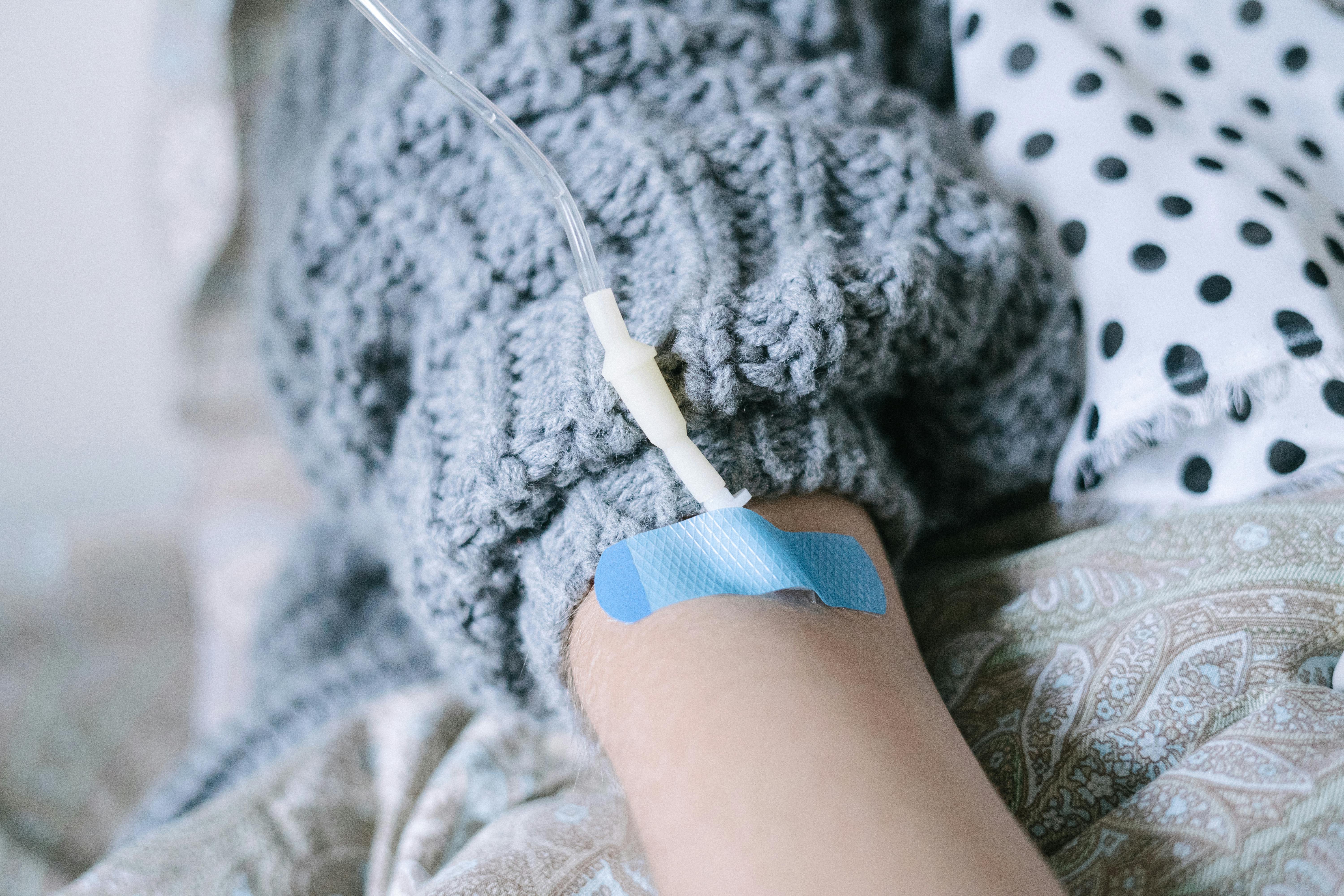What is acne?
Acne (acne vulagaris) is a common skin disorder that affects nearly 100 million people worldwide. Regardless of age, acne is commonly found in adolescents going through puberty, as new hair follicles tend to become clogged below the skin’s surface. This certainly does not rule out that acne affects women and men equally, as many people of all ages and skin types suffer from acne symptoms all over the world.
Some forms of acne are often confused with or associated with seborrheic dermatitis as they are related to having flaky, scaly skin. This is common after acne sufferers take large doses of prescription drugs, as they can cause adverse effects if not used correctly. Thus, they resemble similar symptoms to seborrheic dermatitis, as the treated skin becomes dry, scaly, scaly, and discolored.
While various terms are used to define and identify specific types of acne, the most common are:
• common acne (cystic acne or just acne)
• seborrhea (scaly red skin)
• comedones (blackheads and whiteheads)
• wheals (pinheads)
• pustules (pimples)
• nodules (large papules)
• cysts (large nodules or boils)
Acne is most commonly found on the face, neck, back, arms, and buttocks, as these areas are more prone to releasing oil secretions, collecting bacteria, accumulating hair follicles, and producing sweat that tends to open these pores. making these areas susceptible to multiple toxins that are known to cause clogs in the skin, leading to various forms of acne.
Acne has also been considered as a potential health sign that the body could be suffering from other toxic bacteria possibly in the liver, kidneys, and these infections that are transmitted through blood cells are believed to lead to acne breakouts. .
Speculations are often held that certain fatty foods and dietary intake may also be a major factor in causing certain types of acne.
Working to get rid of acne can be a tedious process, as it can also lead to issues of internal complexity, depression, or in severe cases, even suicide.
The best defense against acne is to arm yourself with knowledge and try various proven methods that have worked for others until you find a treatment and prevention regiment that works best for you and your skin type.
What causes acne?
Most forms of acne occur when the sebaceous follicles become infected, clogged, or contaminated. In most cases, common acne occurs when excess sebum builds up around hair follicles, or when toxins build up in pores and become infected with dead skin, bacteria, or natural acidic waste from the body.
Normally, the body’s sebaceous glands are designed to release specific amounts of sebum oil that is excreted from the pores and rises to the skin’s surface. The body’s natural release of sebum oil helps the skin remain moist and semi-lubricated, while protecting it from many of the harsh or harmful elements in the environment.
Once the pores become blocked, the oil becomes trapped under the skin and can no longer be excreted through the skin as usual, leading to blockages. As a result, these areas can become inflamed or infected, which can lead to spots, spots, or the formation of pimples.
As conditions under the skin worsen, the body still tries to naturally excrete more oils, and as such, the excess oil builds pressure under the skin, causing further infections known as boils or cystic acne.
Often when a blockage occurs, the pressure can cause the inner walls of the pores to burst below the skin’s surface, forcing the body’s white blood cells inside, in an attempt to absorb the collagen inside. from the skin pores. When this occurs, the results can lead to blotchy skin, scarring, or eventually pockmarks.
acne prevention
When treated early, the chances of infection or severe acne scarring are greatly reduced. General prevention can be achieved through a disciplined daily cleansing regiment, such as using a quality cleansing schedule and/or in conjunction with a topical acne cream to prevent follicles and pores from clogging after cleanses. Employing these measures can greatly reduce the risk of causing further damage to the treated area.
Ultimately, identifying the severity of the problem and gaining knowledge about the specific types of acne and available treatments can be your best defense against acne. Understanding the specific type of acne and the proper treatment regimen can help prevent future breakouts, while minimizing the chances of pock marks or permanent scarring.
When acne is identified and treated early, before the pimples become severely infected and break out under the skin, acne scarring can usually be prevented and further damage prevented. Especially when the appearance of comedones (blackheads and whiteheads) becomes noticeable, as these can easily become infected, leading to more severe cases of cystic acne, which can often cause permanent pitting or scarring.
Although acne can be a very complicated problem to solve, many patients undergo multiple treatments before finding the solution that best suits their skin type. It goes without saying that acne doesn’t really discriminate and affects numerous age groups, skin types and is not always due to poor hygiene or diet as is often suggested.
Most types of acne can be treated with proper cleansing, home remedies, and over-the-counter topical acne creams over a period of weeks or even months before the problem resolves. In severe cases, it is suggested that patients seek professional care and contact a dermatologist for stronger prescription medications.
As an acne sufferer myself, I am passionate about educating and providing preventative solutions to other acne sufferers such as; researching and exploiting proven home remedies, topical ointment applications, holistic medicines, and known solutions to help prevent and cure acne.
